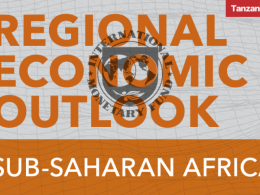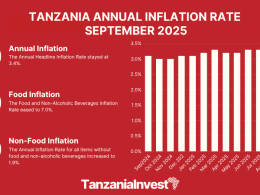The Bank of Tanzania (BoT) has just announced that it transitioned to an interest rate-based monetary policy, effective January 2024.
The policy shift moves away from the previous focus on controlling the money supply, aligning Tanzania’s economic management with regional practices and international standards.
The move aims for enhanced economic stability and growth.
Previous Monetary Policy Approach
Previously, Tanzania’s monetary policy centered on monetary aggregate targeting, where the BoT set targets for the growth of monetary aggregates like M2.
M2 is a measure of the money supply that includes cash, checking deposits, and easily convertible near money like savings deposits and money market funds.
Under this approach, the central bank utilized reserve requirements and open market operations to control the money supply to impact inflation and economic activity.
New Policy Framework
The new interest rate-based policy uses the Central Bank Rate (CBR) as the primary tool.
A change in the CBR will signal the direction of the monetary policy, either a tightening or expansionary monetary policy stance.
The CBR will also be used as a guide for the determination of interest rates.
This change is expected to enhance the effectiveness of monetary policy in maintaining stable inflation and supporting economic growth.
However, BoT Governor Emmanuel Tutuba stressed that the adoption of the interest rate-based monetary policy framework does not imply the fixing of interest rates offered by banks and other financial institutions.
The interest rates will continue to be determined by market forces in line with other economic policies of the country.
Also, the new policy requires accurate economic forecasting and monitoring, and the central bank will adjust the CBR in response to economic indicators to reflect the economic conditions accurately.
Economic Implications
The transition to an interest rate-based policy is designed to create a more predictable economic environment.
The CBR will influence borrowing and spending behaviors, with banks continuing to set their interest rates based on market forces.
Regional Integration
This policy change aligns Tanzania with the monetary strategies of the East African Community (EAC) and other regional economic groups.
It aims to harmonize Tanzania’s monetary policy with neighboring countries.










